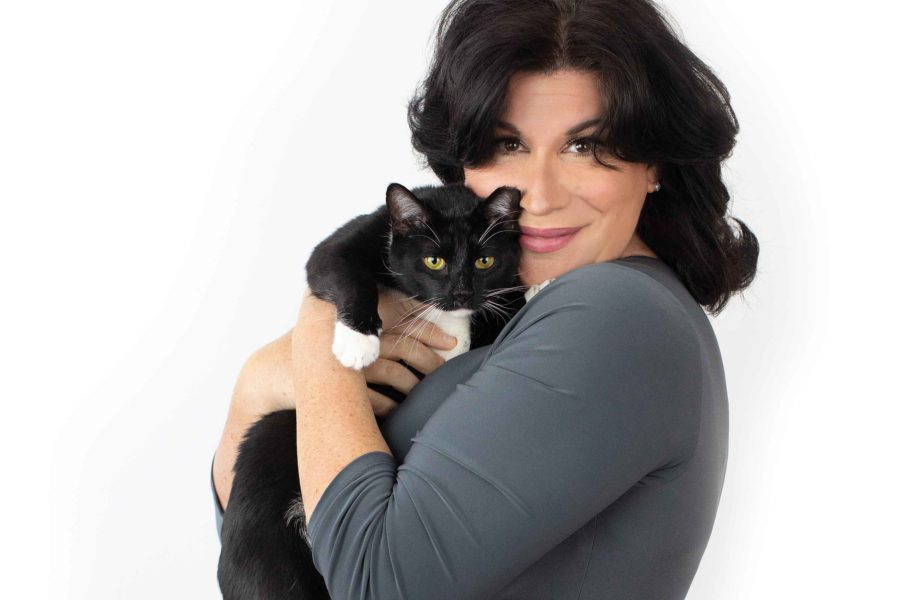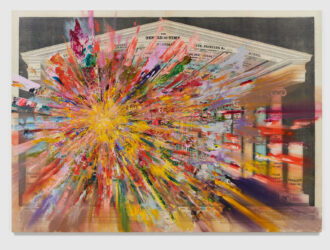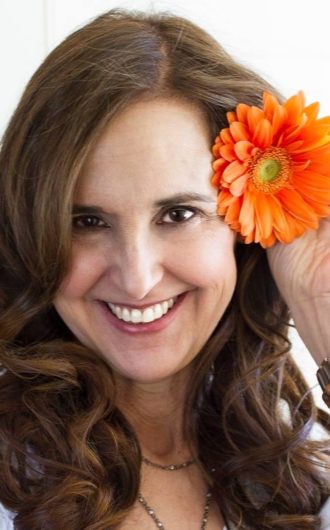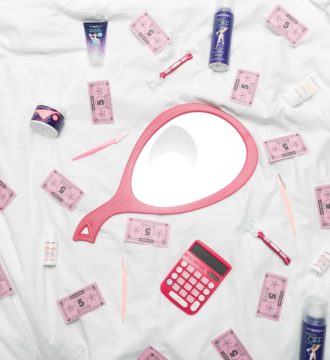You may never have heard of Jocelyn Scheirer, but anyone with a Fitbit or an Apple Watch understands the basics of her life’s work.
The Boston-based, artist-scientist-inventor-businesswoman-scholar has been influencing the field of wearable computing and biometric technology since the late 1990s—starting with, of all people, Boston Pops Conductor Keith Lockhart.
In fact, Scheirer is what you’d call a pioneer in the field. She started with a device she called the Galvactivator, she co-founded emotion recognition software company Affectiva with Rosalind Picard and Rana el Kaliouby in 2009, and now, after 20 years of building wearables and seeing them come to fruition, she’s interested in their immediate and lasting impact on society, as in, what it means for things like health care and data protection.
We sat down for a chat with the innovator to better understand what fuels her energy.

Exhale: In two sentences, sum up the term “wearable biometrics.”
Jocelyn Scheirer:It is the measurement of human body characteristics, which can be really wide ranging, from step counters to heart-rate monitors to skin patches that sense levels of chemicals in sweat on the surface of skin. A Fitbit calculates biometrics, yes, but, there are a whole host of things we can measure, the kinds of things that a hospital would measure: electrocardiogram, accelerometry, walking steps, anything physiological.

What’s the impetus behind your fusion of art, science and emotion?
Well, I originally went to grad school for psychology, and I was interested in nonverbal behavior. At MIT Media Lab, I had a colleague, Teresa Marrin—she’s now a professor at the New Jersey Institute of Technology—who was partially working with the emotion group and with the music and media group. Her interest was collecting signals from conductors to conduct a virtual orchestra. By collecting signals from all these conductors who are pros, who know how to use gestures to communicate and have biosignals that are really practiced, she would use the collective input she gathered and create a program to conduct without a person. I was brought in to basically create a performance, a visual aspect of all the emotion, and that’s how I got into it. My first project at MIT Media Lab was to create a nonverbal display so people could see what Keith Lockhart was experiencing as he conducted the orchestra.

What are you working on right now?
I am doing a lot of writing and public speaking, and I’m consulting on a couple different grants. I don’t have a full-time gig, but I’m getting pulled in a lot of different ways.

When you were a kid, you wanted to be …
I think it was 1983 when I saw the movie “Brainstorm” with Christopher Walken and Natalie Wood. I was fascinated. In the movie, you could put on a helmet and Natalie Wood and Louise Fletcher would record your emotions and what you saw, and then someone else could put the helmet on and play it back and experience everything. That drove what I wanted to do. Today, we can record biosignals and emotions, but we can’t play it back yet. Wouldn’t you love to record women’s feelings and play it back for men? The work I’ve done recently with VR (virtual reality) has been thought experiences with what that would be like.

What’s your favorite way to relax?
I’m a homebody, so hanging out with my family, reading, petting my cat. I’m also an artist, and I have a studio in my house. Abstract painting is always part of my practice. I intersperse it through my workday and take breaks. I think analog work is important to alternate with digital work. It’s really important for the perspective.



 3 min read
3 min read


